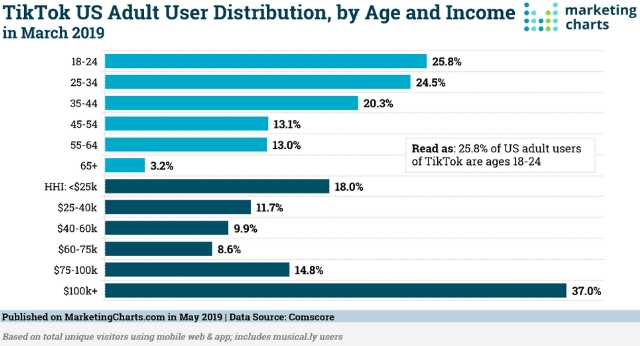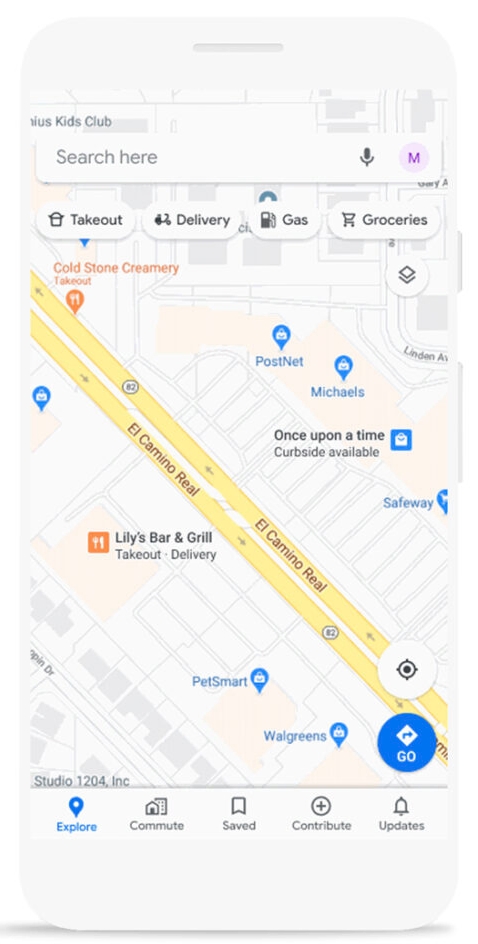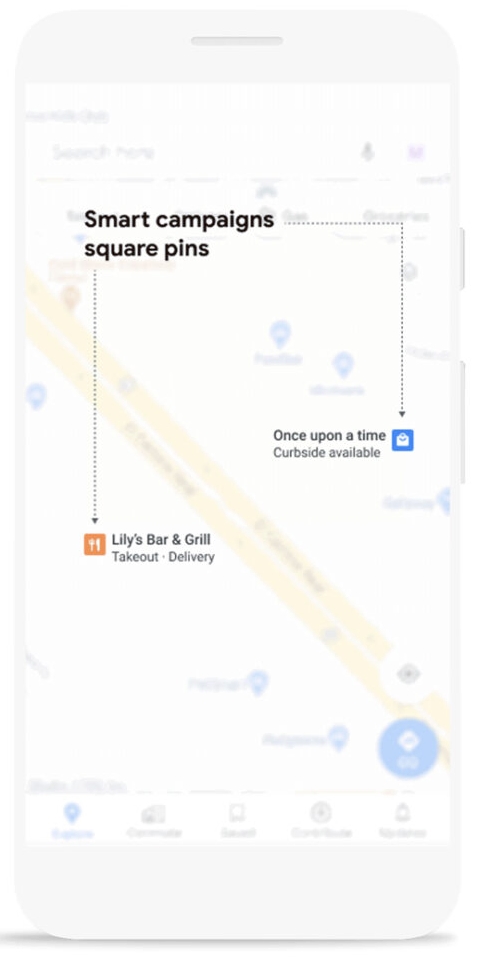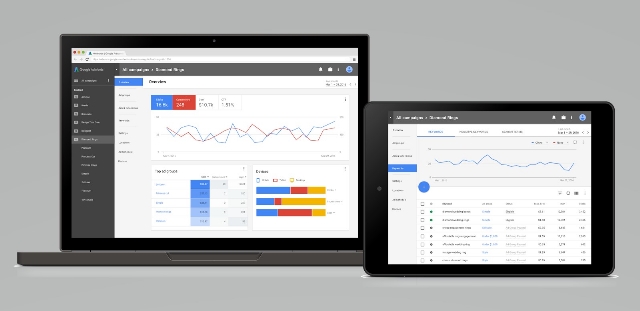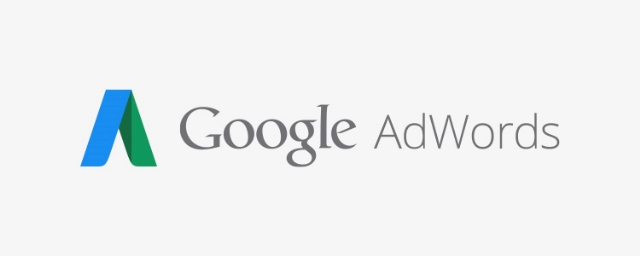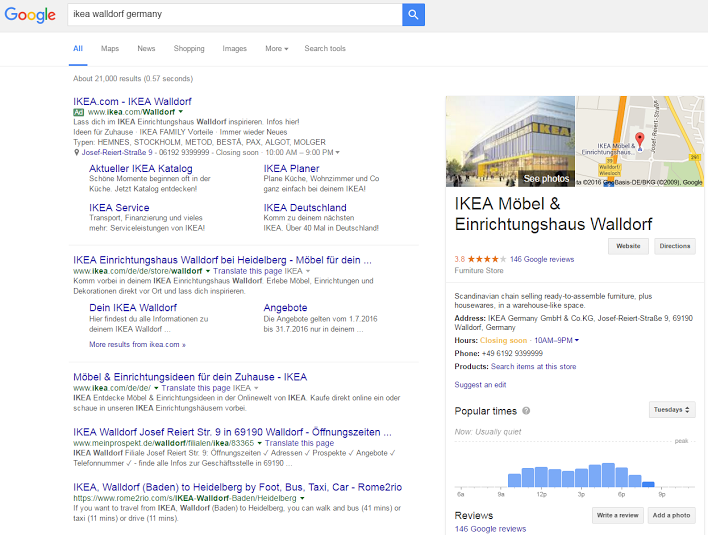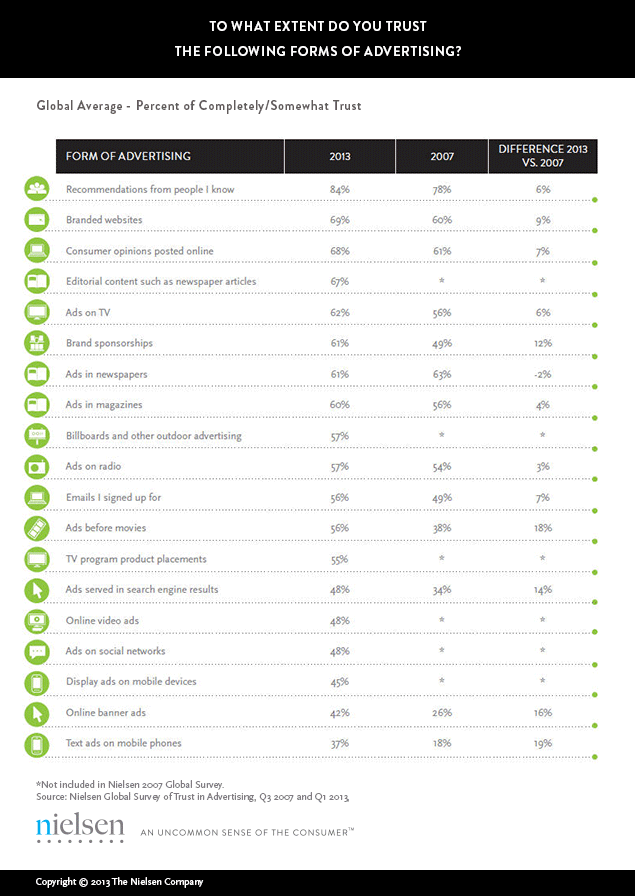Facebook announced a wave of new features this week for online advertisers and retailers heading into the holiday season.
At the same time it revealed new product tags, new ways to target ads, and an experimental way to share online discounts, the social media giant also announced it was launching promotional tools and support for Black-owned businesses.
Let’s explore the array of new features for brands on Facebook and Instagram:
Product Tags For Instagram Ads
After more than a year of testing, Instagram is officially launching the ability to tag products in ads. Even better, the company has streamlined the process.Originally, advertisers had to make an organic post, tag your products, then promote that post. Now, you can create ads with product tags directly within the Ads Manager.
When seen, product tags appear as white dots which can expand to reveal a range of details including the name of the product,and its price.
Shopping Engagement Custom Audiences
Facebook announced a new type of audience targeting aimed at helping brands “reach people who’ve already shown interest in their product or brand by doing things like saving a product, viewing a shop, or initiating a purchase.”
Shopping Lookalike Audiences
Another new way to target audiences was announced, which allows you to reach shoppers with similar interests as your existing customers on Facebook and Instagram.
Shopping Ad Discounts
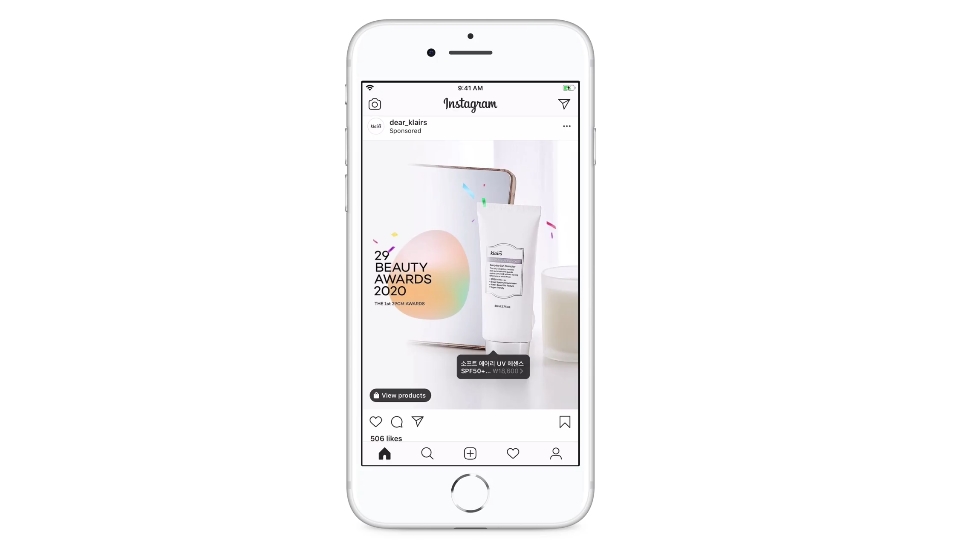
Facebook is testing a new way to promote your sales and discounts directly in the Promotions tab within the Commerce Manager.
For example, you can highlight a discount on a specific set of products by grouping them together in product sets.
At the moment, Facebook only allows you to run a few types of discounts – price reductions, minimum purchase requirement, and discounts using an offer code.
#BuyBlack Friday
While the Covid pandemic has affected just about every business in America, black-owned businesses have been hit particularly hard. According to Facebook, more than 40% of black-owned businesses in America.
This is why Facebook is launching a new event every Friday through November 27. Every week, Facebook will be promoting #BuyBlackFriday across all its platforms, including publishing a gift guide and business directory of black-owned businesses.
With many shoppers wary of facing crowded shopping malls and stores, most experts believe online shopping will shatter previous records this winter. Facebook is doing everything it can to make itself one of the premier choices for marketing, advertising, and ultimately selling your products.

